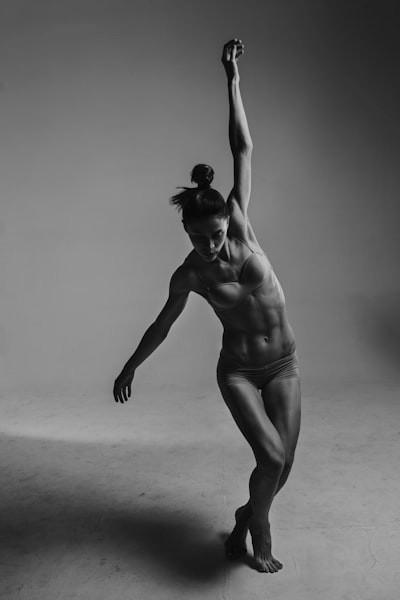Explore the World's Best Ideas
Join today and uncover 100+ curated journeys from 50+ topics. Unlock access to our mobile app with extensive features.
Art Movements Schools
There have been numerous art movements and schools throughout history, each with its own distinctive characteristics and philosophies. Here are some significant art movements and schools that have been established throughout history in acen
12
153 reads
Renaissance - 14th to 17th
The Renaissance was a cultural and artistic movement characterized by a revival of classical ideals, humanism, and a focus on realistic representation. Artists like Leonardo da Vinci, Michelangelo, and Raphael flourished during this period.
13
146 reads
Baroque - 17th century
Baroque art was known for its dramatic and grandiose style, featuring ornate details, exaggerated motion, and strong emotions. Artists such as Caravaggio, Rembrandt, and Gian Lorenzo Bernini were prominent figures in this movement.
13
118 reads
Rococo - 18th Century
Rococo was an art movement characterized by a light, playful, and ornate style, often depicting scenes of love, nature, and frivolity. Jean-Honoré Fragonard and François Boucher were notable Rococo artists.
14
106 reads
Neoclassicism - late 18th to early 19th century
Neoclassicism drew inspiration from classical antiquity, focusing on order, reason, and idealized forms. Jacques-Louis David and Antonio Canova were prominent Neoclassical artists.
13
118 reads
Romanticism - Late 18th Century To mid 19th
Romanticism emphasized individuality, emotion, imagination, and a connection with nature. Artists like Eugène Delacroix, J.M.W. Turner, and Caspar David Friedrich were leading figures in this movement.
13
104 reads
Realism - mid 19th century
Realism sought to depict everyday life and ordinary people in a truthful and objective manner, often addressing social and political issues. Gustave Courbet and Jean-François Millet were key Realist artists.
13
101 reads
Impressionism - Late 19th Century
Impressionism, as a reaction against the strict conventions of Realism, focused on capturing fleeting impressions of light, color, and atmosphere. Artists like Claude Monet, Pierre-Auguste Renoir, and Edgar Degas were prominent figures in the Impressionist movement.
13
103 reads
Symbolism - late 19th century
Symbolism explored mystical, spiritual, and dreamlike themes, often using symbolic imagery to convey emotions and ideas. Gustav Klimt and Odilon Redon were influential Symbolist artists.
13
96 reads
Cubism early 20th century
Cubism revolutionized the representation of form and space, breaking subjects into geometric shapes and multiple viewpoints simultaneously. Pablo Picasso and Georges Braque were pioneers of this movement.
12
90 reads
Surrealism - 20th century
Surrealism explored the realm of dreams, the subconscious, and the irrational, creating bizarre and fantastical imagery. Salvador Dalí, René Magritte, and Max Ernst were key Surrealist artists.
13
87 reads
Abstract Expressionism - mid 20th century
Abstract Expressionism emphasized spontaneous and gestural painting, often devoid of recognizable subject matter, focusing on the emotional and physical act of creating. Jackson Pollock and Willem de Kooning were prominent Abstract Expressionists.
13
103 reads
IDEAS CURATED BY
CURATOR'S NOTE
Different art movements have played a significant role in the diversity of the established art and cultural idioms throughout history, however it is important to recognize different forms of schools and their development throughout centuries
“
Read & Learn
20x Faster
without
deepstash
with
deepstash
with
deepstash
Personalized microlearning
—
100+ Learning Journeys
—
Access to 200,000+ ideas
—
Access to the mobile app
—
Unlimited idea saving
—
—
Unlimited history
—
—
Unlimited listening to ideas
—
—
Downloading & offline access
—
—
Supercharge your mind with one idea per day
Enter your email and spend 1 minute every day to learn something new.
I agree to receive email updates












